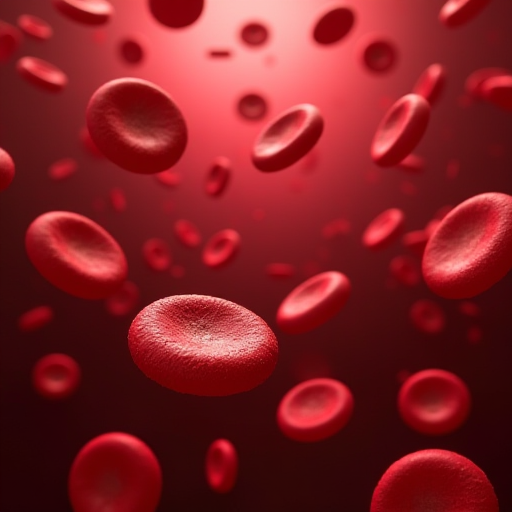
Why is Blood Red?
Blood is a vital fluid in the human body, crucial for transporting oxygen and nutrients to cells and removing waste products. One of its most striking characteristics is its distinctive red color. But why is blood red? This question delves into the fascinating world of biology and chemistry to uncover the secrets behind the hue that defines our circulatory system.
The Role of Hemoglobin
The primary reason blood appears red is due to a protein called hemoglobin. Hemoglobin is the component of red blood cells responsible for carrying oxygen from the lungs to the rest of the body and returning carbon dioxide from the body to the lungs for exhalation. Hemoglobin contains a red-colored compound known as heme, which is integral to its function.
The Heme Group
Heme is an iron-containing molecule that binds oxygen in the lungs and releases it in tissues that need it. The iron in the heme group is what gives hemoglobin—and thus, blood—its red color. When iron binds with oxygen, it forms a complex that reflects light in the red portion of the visible spectrum, hence the red appearance of oxygen-rich blood.
Oxygenation and Color Variation
The red color of blood can vary depending on its oxygen content:
-
Oxygen-rich blood: When blood is oxygenated, as it is in the arteries, it appears bright red. This is because the heme group is fully saturated with oxygen, enhancing its red coloration.
-
Deoxygenated blood: Blood returning to the heart and lungs via veins is not completely devoid of oxygen, but it's less saturated compared to arterial blood. Deoxygenated blood appears darker, often described as a deep red or purplish color. This is due to the reduced presence of oxygen in the heme, altering the way light is absorbed and reflected.
Other Factors Influencing Blood Color
While hemoglobin is the primary factor determining blood color, other elements can influence its appearance:
Plasma
Blood consists of several components, including plasma, a yellowish liquid that makes up about 55% of total blood volume. Although plasma itself is not red, it can affect the overall color of blood by influencing its opacity and the way light interacts with it.
Blood Cell Concentration
The concentration of red blood cells (RBCs) can affect the intensity of blood's color. Higher RBC concentrations lead to a more vivid red, while lower concentrations, as seen in anemia, can result in a paler appearance.
Health Conditions
Certain health conditions can alter blood color. For instance, carbon monoxide poisoning can cause blood to appear cherry red due to the formation of carboxyhemoglobin, while methemoglobinemia, a condition where hemoglobin is oxidized to methemoglobin, can give blood a bluish tint.
Blood Color Across the Animal Kingdom
While human blood is red, not all animals share this trait. The color of blood in other species can vary significantly based on the type of respiratory pigment used for oxygen transport:
-
Blue Blood: Some marine animals, like horseshoe crabs and certain mollusks, have blue blood due to the presence of hemocyanin, a copper-based molecule.
-
Green Blood: Certain species of lizards have green blood, which is due to high levels of biliverdin, a green bile pigment.
-
Purple Blood: Some marine worms utilize hemerythrin, which gives their blood a purplish color.
Conclusion
The red color of blood is a fascinating interplay of biology and chemistry, primarily revolving around the iron-containing heme groups within hemoglobin. While the vibrant red is typically associated with oxygen-rich arterial blood, variations exist due to oxygen content, health conditions, and even across different species. Understanding why blood is red not only enhances our appreciation of the complexities of life but also underscores the intricate design of biological systems that sustain life.
